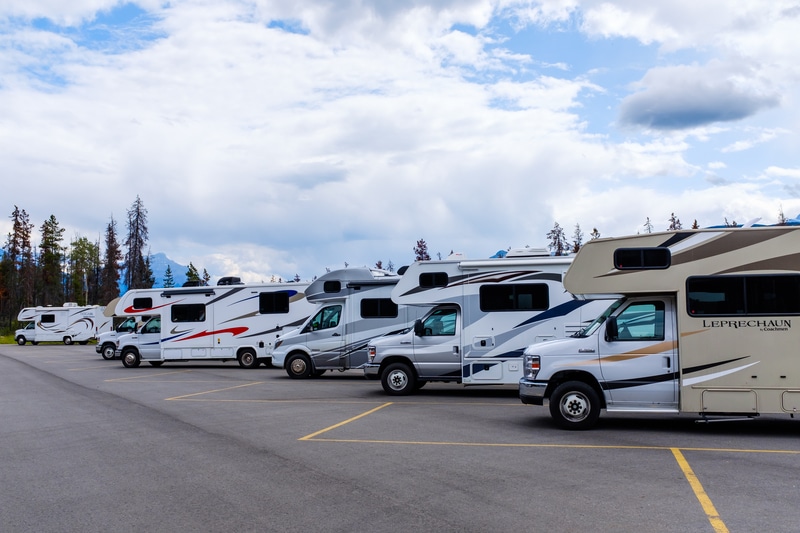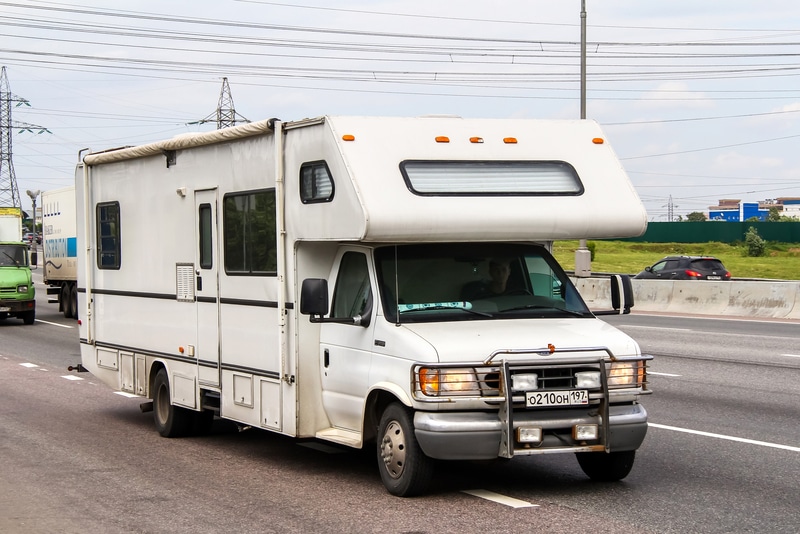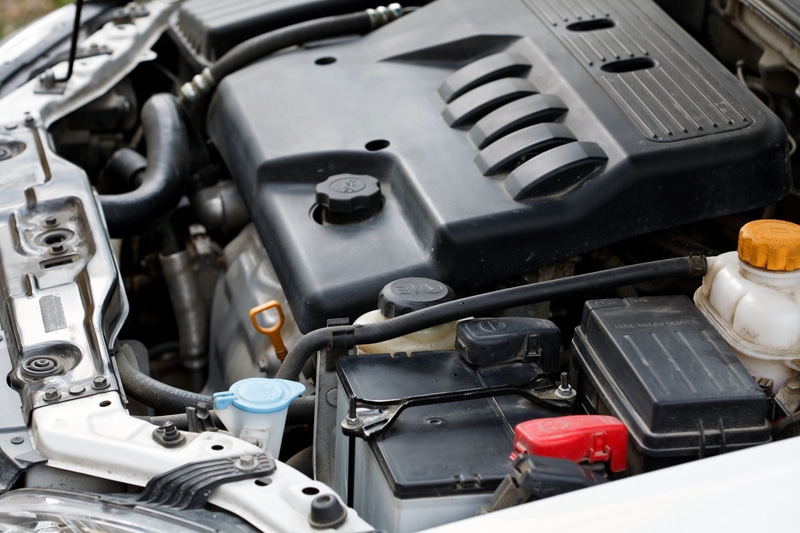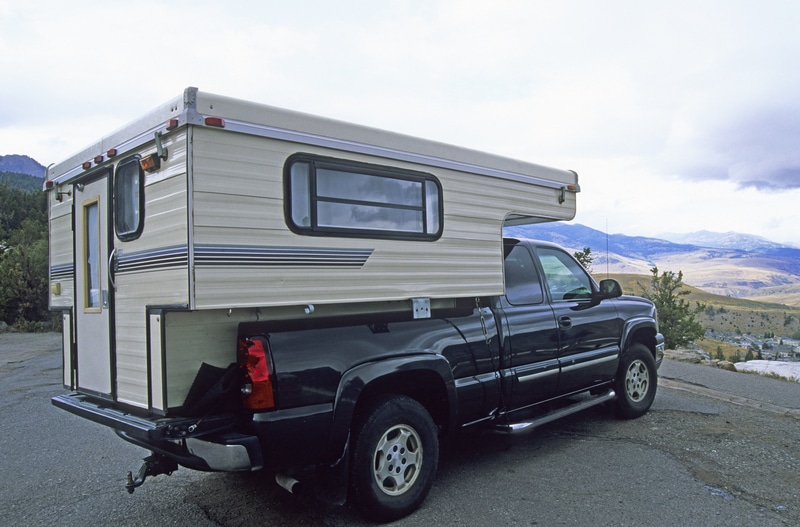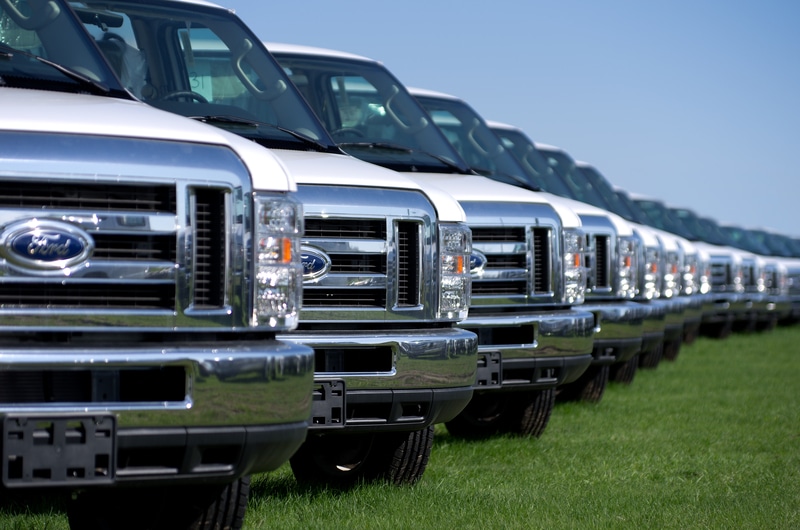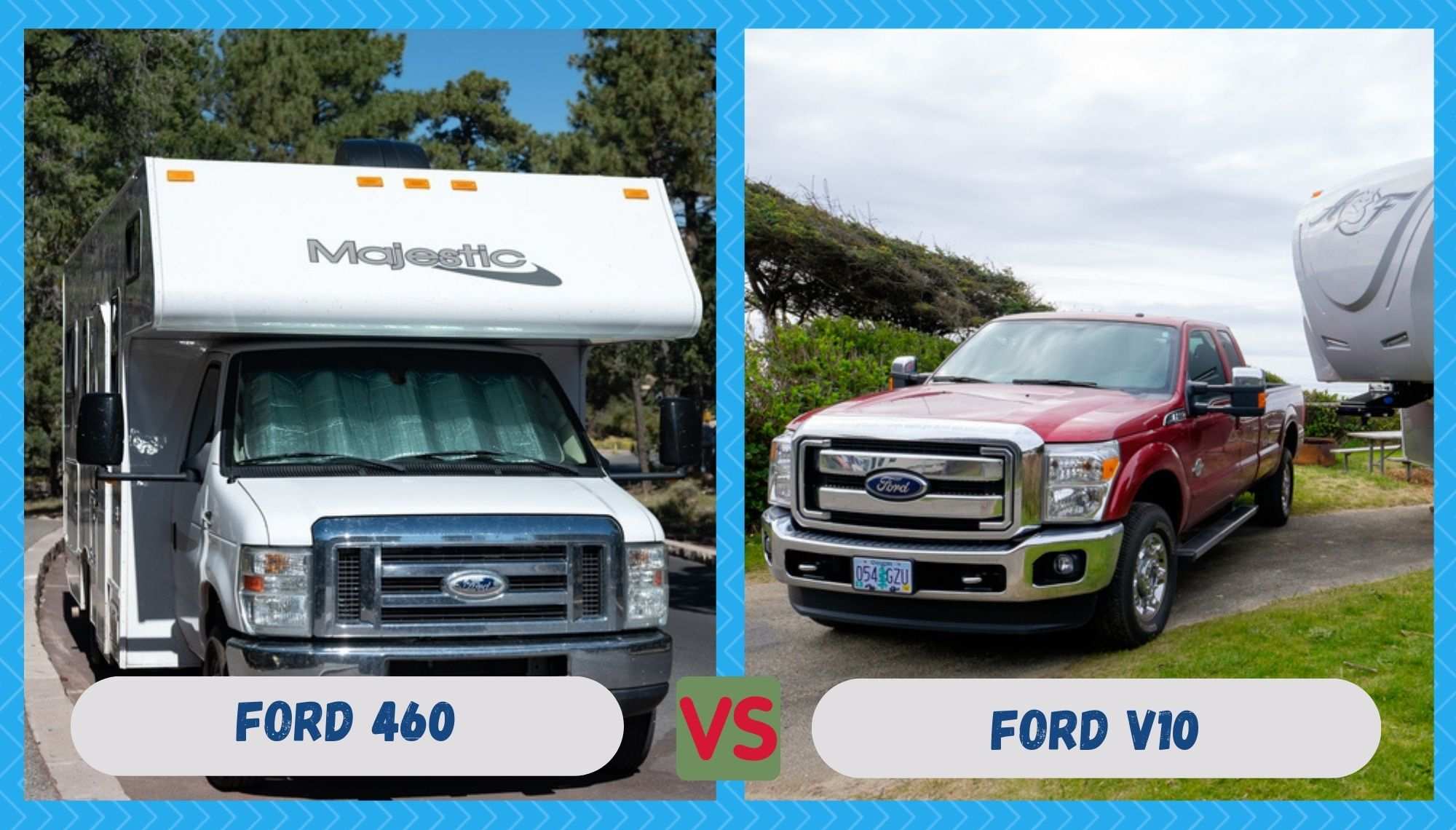
Speed, power, and efficiency—three things you’d want to experience with your engine. If you own one of the big boys in the RV league, you need an engine powerful enough to turn RPM consistently without guzzling fuel. This is particularly crucial if you are traveling full-time and your RV is your home.
Lucky for you, the outdoor recreation industry has flourished so much over the last century that RV engine designs have also evolved into the reliable equipment they are today. Of course, early engine models were designed for standard vehicles and trucks. Engines compatible with recreational vehicles didn’t emerge until RVs became a fad.
Nevertheless, the huge, robust engines leading manufacturers build exceed the maximum loading capacities of the largest and heaviest RVs in the 40-foot range. This means there’s no need for engines specifically designed for RVs. Many of today’s high-capacity and heavy-duty motors are perfect for travel rigs.
Ford and its rivaling twins
Ford is one of the top players in the heavy vehicle engine market. We know this company for its superb standard and luxury vehicle lineups, but it is also known in the trucking and industrial community for its high-performance engines. Ford has produced multiple brands that go perfectly with all RVs, from camper vans to motorhomes.
Some of its high-end engines are even compatible with pickups for fifth wheels and tow vehicles for travel trailers. The 460 and V10 series are two of Ford’s most successful releases. If you want to invest in an RV this year or the future, you should consider either engine brand as an edge.
Many RV manufacturers choose a specific engine for their products, usually the one that can operate efficiently with their chosen transmission system and load capacity. You might want to ask the dealer what engines they use and narrow your searches to RVs with the engines in question.
Which Is Better for Your RV, Ford 460 Vs V10?
Ford 460
The Ford 460, like most of Ford’s current flagship brands, is the result of decades of immense improvements. There even were a few times throughout its development when a complete redesign was necessary to fix major flaws.
However, after several updates during the 80s, including a camshaft redesign and compression ratio reduction, the Ford 460 has emerged as a standard engine for heavy vehicles, including RVs.
The continuous updating that lasted 30 years (1968 to 1998) made the Ford 460 Ford’s longest-running brand in the big block V8 category. Capable of producing up to 500hp at a 7.5L fuel capacity and weighing 720 lbs, this engine is a roaring beast.
Its sheer weight requires a high-capacity vehicle, which isn’t a problem in most RVs, considering that their chassis is built to withstand hefty loads. Throughout the years the Ford 460 was in circulation, it had been used in various vehicle makes and models.
The first version released in 1968 landed in the Lincoln Continental Mark III but was outmoded only three years later as updates kicked off.
And that updated version powered the Ford Thunderbird and Mercury full- and mid-size vehicles, which also didn’t last long due to a reliability issue, forcing Ford to redesign it. No significant updates were carried out until 1998, and it became the standard engine for Ford’s F-Series.
Ford no longer makes this engine brand. The last update was in 1998. But even if the product has been obsolete for over two decades, its popularity has barely diminished, and it’s easy to understand why. For one, it has been the stock engine for many vehicle makes and models that are still crisscrossing our roads today.
Another reason is that many vehicle owners prefer it to newer, less robust engines. Some RV enthusiasts also choose older, pre-owned units, so the Ford 460 has been passed around by RV owners. And as parts (primarily standard and still commercially available) are replaced, a lot of units are preserved for longer.
That being said, having the Ford 460 in your RV has its share of downsides. Many RV owners with the Ford 460 complain about the leak on the timing cover. This component protects the engine from road debris, particularly the tensioners and guides.
It also keeps the coolant and other fluids from leaking out. Some owners also notice water pump issues resulting in various issues, including overheating, coolant leaks, and loud noises.
Another common drawback of the Ford 460 is the flimsy bolts that secure the exhaust manifold. Because the exhaust system deals with hot gases from the engine, the bolts are exposed to abrupt temperature changes, causing them to expand and contract fast.
As a result, they grow more fragile until they eventually snap. Despite this, the Ford 460 is generally reliable. Its issues are typical among motors and easy to troubleshoot.
Ford V10
Another Ford masterpiece that has changed the game for truck and RV drivers is the Ford V10. It has a reputation for durability and consistency, as it remains among the most powerful engines.
Ford has released four V10 products for 35 years. The first one was the Triton (6.8L SOHC 90° Modular V10 truck engine), which was introduced in 1997, followed by the Ford-Cosworth JD/VJ engine and the Ford-Cosworth CR engine in 1999. The last one was the 5.8L DOHC 90° Modular V10 in 2001.
Of these V10s, the Triton remains in production. Even the older versions of the Triton still sell effortlessly because of its proven quality and performance. They are all descendants of the 7.5L V8, which had to go as commercial trucking demands increased.
More fuel must be burned to generate more torque and RPM, and the V8 just couldn’t pull it off. So additional cylinders had to be grafted onto it to achieve the required power. Now, they dominate even the RV market.
RV owners love their Ford V10 for various reasons. Who wouldn’t like a motor with coil-on-plug ignition instead of spark plug wires that cost more and are less durable? The former has three times the lifespan of spark plug wires.
This engine is also made up of low-friction components, which produce less heat, the leading cause of wear and tear in machines. And since fewer components slide against each other, it takes longer for the motor oil to be filled with suspended particles.
If you peer into the Ford V10 body, you’ll see the crankshaft connected to the camshafts with a cam chain instead of a timing belt. RV experts prefer this for their engine because it is quieter, more robust, and requires less maintenance than the timing belt.
RV owners using Ford V10 also find it easier to change gears, thanks to the engine’s electronic throttle control. It also has a fail-safe coolant system, which allows coolant to circulate freely when the engine is overheating.
But like any other engine, the Ford V10 isn’t perfect. It has some design flaws that affect its performance and make it less convenient to operate. For instance, there had been reports of its spark plug ejecting from the cylinder head, diffusing the power.
Some RV owners also noticed cracks on the engine’s PCV valve hose. This flaw can be dangerous because it could mean a gas or fluid leak. Generally, however, Ford V10 is undeniably worth having in your RV to avoid the stress of lacking power or speed during your trip.
How to choose an engine
As a bonus, let me give you a few tips on choosing an engine for your RV. Of course, this is only applicable if your RV requires an engine with different specs than Ford’s big boys. This can also be useful if you’re still in the investment stage, which is pretty hard if you have little knowledge about large vehicles and their engines.
First off, focus on power and performance. After all, this will get you to your destination within your preferred timeframe. Ask the dealer about the ideal HP and torque for your RV, and let them point you in the right direction.
Fuel efficiency is also an essential factor to consider. You don’t want an engine that drinks too much fuel but delivers fewer RPMs. You should also consider emission compliance. Most engines are powerful, but not all of them are eco-friendly.
Make sure the engine in your RV meets the emission standards in your area and in the places you’d like to visit. Lastly, check the warranty. It says a lot about how confident the manufacturer is with the quality of their products. You can avoid so many troubles by getting an engine guaranteed to be the best in its league.
As for which between Ford 460 and Ford V10 is better, there’s no single answer. It depends on your RV’s make and model, the places you want to visit, the terrain you’ll travel on, etc.
The best way to determine which one can meet your needs better is to ask a mechanic for technical information and someone who owns an RV with either engine for experience-based tips.

